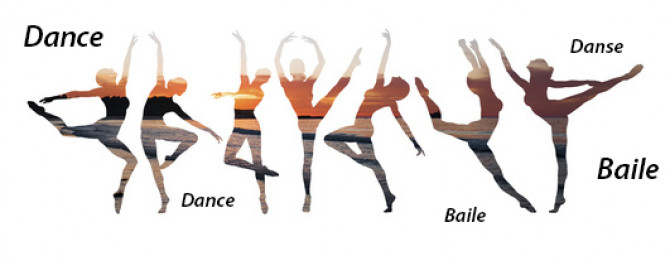5 Similarities between Translation and… Dance?
Published 22/03/2017
Translation and dance… what on earth do they have in common, I hear you say? One is very physical and involves a lot of moving around, while the other usually happens at a desk in front of a computer screen, the only apparent similarity being the translator’s fingers hopping and gliding over the keys on the keyboard…
In actual fact they have more in common than meets the eye. Read on to discover the art of translation under a different light.
- Dance and translation both require a certain amount of skill. Just as being able to move doesn’t make you a good dancer, being able to speak a different language (or several) does not make you a good translator. Just as dancers spend hours training to perfect their body placement, translators perfect their written expression with years of practice.
- Dance incorporates a number of different styles each with their own specificities, including contemporary dance, ballet, break dance, street dance, jazz or tap. In the same way, translation covers a multitude of different domains and situations from economy to design, history, politics or science (to mention just a few). Each has its own style, terminology and form of expression… which also differ between different languages!
- Dancing expresses emotions, feelings or identity through movement. It communicates these to the audience and can even tell stories. Translation, too, reveals ideas and knowledge to other people in different languages.
- Dance has no boundaries. It is a corporal language that is understood all over the world and it can be used to communicate between people in every country. It brings people together. In the same way, translation crosses international boundaries allowing for unity and a common understanding.
- Behind the artistic expression of dance lies a high level of technical skill based on rules of movement and posture and built up through exercises, stretches and training. What the audience sees is just the end product! Translation, too, is built on the different grammar rules of each language which structure sentences in a specific way. A translator’s job is to understand and master these rules (in both the source and target language!) in order to convey the content so the reader can effortlessly understand it without even considering the underlying structure.
So we’ll just keep our fingers tapping away on our keyboards… and we hope to see you soon at the Home of Translation!
Sort articles by region :
Looking for a specific topic? Try here :
